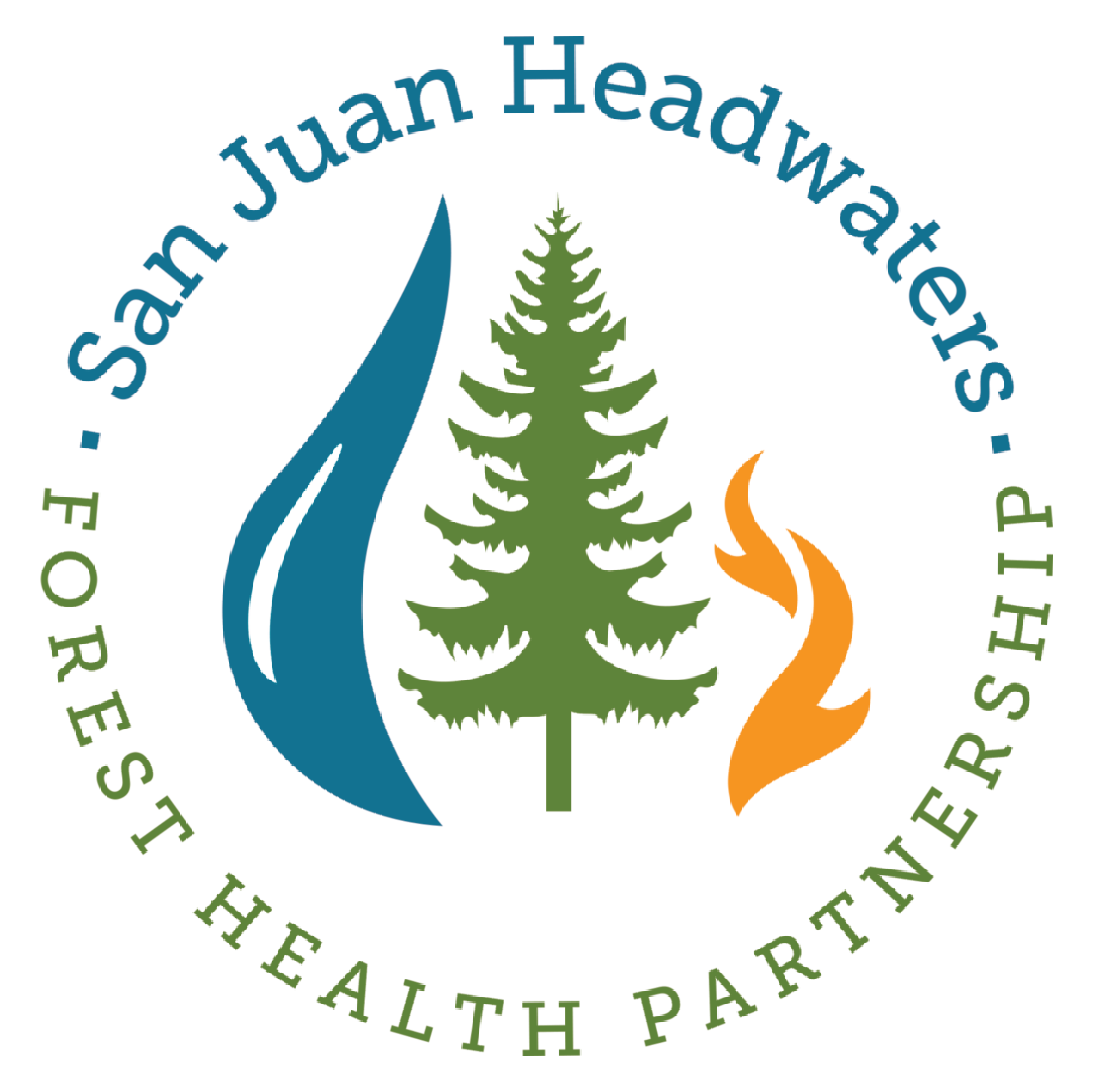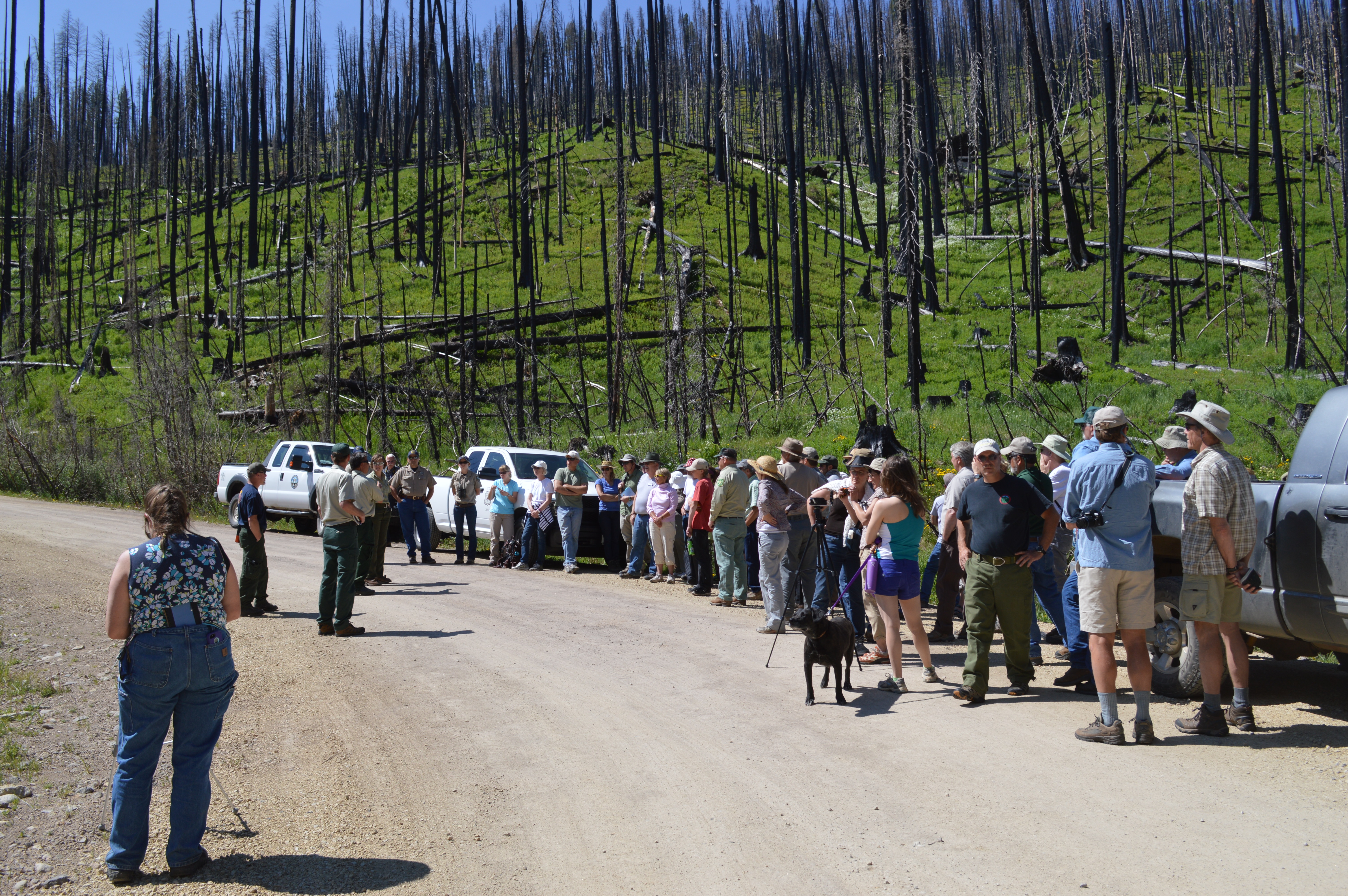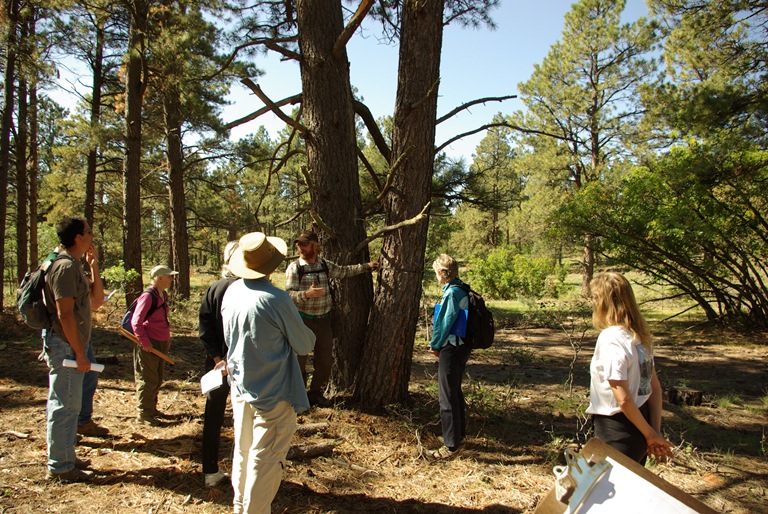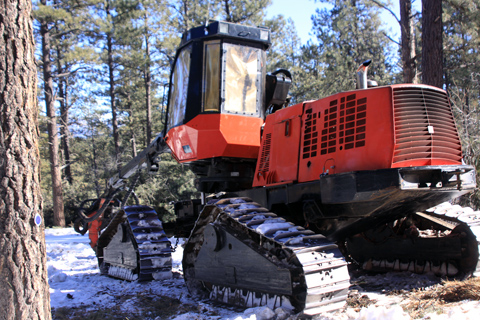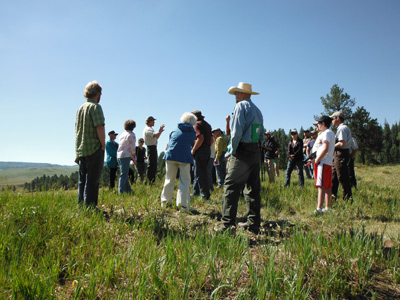Three national forests in Colorado receive nearly $47 million for wildfire barriers
The Colorado Sun released an article this week about the influx of funds for wildfire mitigation work in Colorado. More importantly, the article highlights the San Juan Headwaters Forest Health Partnership, as well as our very own Dana Guinn who discusses the “invisible success” of the mitigation work in 2021 that helped Pagosa Springs prepare…
